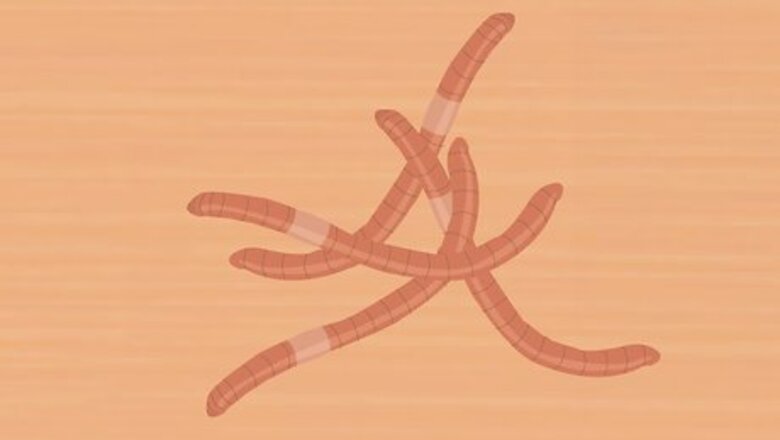
views
Adding Worms to Every Dish

Always boil your worms for at least 3-5 minutes to kill bacteria. You should always, always cook insects for at least 5 minutes at high heat to ensure it is safe to eat. Boiling, which evenly cooks the entirety of the insect, is your safest bet.
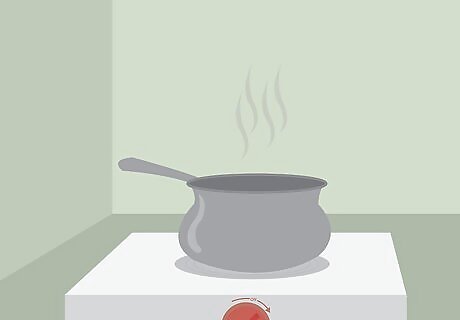
Re-boil the worms in fresh water to remove waste and impurities. Rinsing the water after 2-3 minutes, then re-boiling once or twice more, will get rid of poor tasting impurities.

Roast worms in the oven at 375 for 10-15 minutes for crunchy, nutty snack. After boiling, preheat the oven and coat the worms lightly in some oil. Add a dash of salt and your favorite spices (pepper, garlic powder, etc.), and toss together so the worms are well coated. Then roast for a few minutes. When the come out, hit them with a dash of lime, lemon, or soy sauce and heat hot.
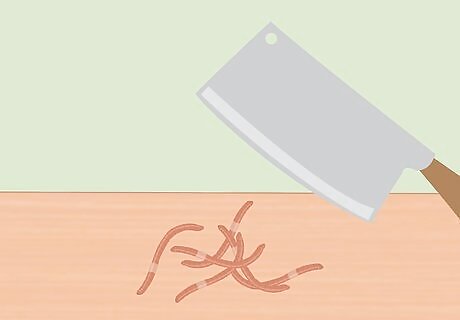
Chop up roasted worms and toss them in sauces, soups, and other dishes with multiple ingredients. The flavor is mild and the worms are an excellent protein source. Treat them like any other protein source and you'll be surprised how versatile they are.
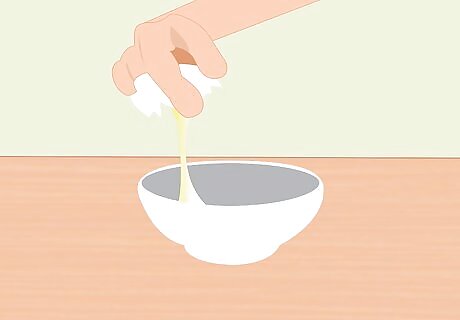
Deep fry worms with a simple bread coating. To deep fry a worm, boil them and let them cool like normal. Then whip up an egg in a cup (like you were about to make scrambled eggs) Add some salt and pepper, then dunk the worms in the egg wash. Once they're wet, roll them in some basic flour and then fry in 375-degree oil. After flour, roll again in breadcrumbs for an even crunchier fry.
Making Basic "Earthworm Chow"

Preheat the oven to 180ºC/350ºF/Gas Mark 4. Get out a metal baking sheet, ungreased. You'll need roughly 1 cup of worms.
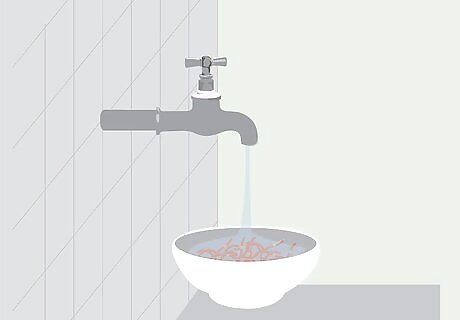
Wash one cup of earthworms thoroughly to get off all the dirt and place in a saucepan of boiling water for three minutes. Give them a rinse in cold water while the shallow saucepan heats up. Then dump the worms in for a quick boil, killing bacteria and partially cooking your bugs.

Pour off the boiling water, then repeat the boiling process twice. You should have put the worms in boiling water, poured off the water three times by now. This will remove impurities that cause the worms to taste terrible.

Put the worms on a baking sheet and into the oven for 15 minutes. About halfway through, use some tongs or a spatula to flip the worms so that both sides cook.
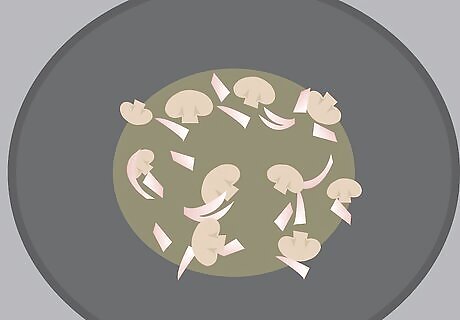
While the worms cook, saute half an onion and a handful of mushrooms. Use a little butter and olive oil and cook the veggies until they are starting to brown on the edges, roughly 8-9 minutes. Throw in a dash of salt as soon as you add the veggies to the pan. Add some finely chopped garlic for the last few minutes if you like it.

Take them out and let them cool a little, though still hot. Don't let them cool completely, just so they're cold enough to handle.
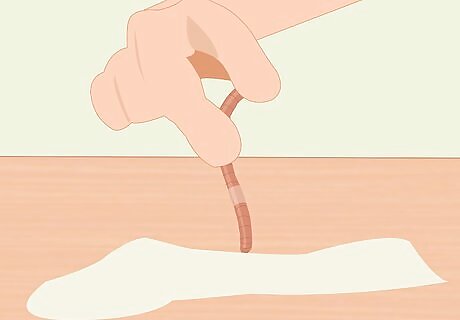
Roll the worms in flour, then toss them in with the onions and mushrooms. You'll likely need to add another 1-2 tablespoons of butter so that nothing sticks to the pan. Add another dash of salt.
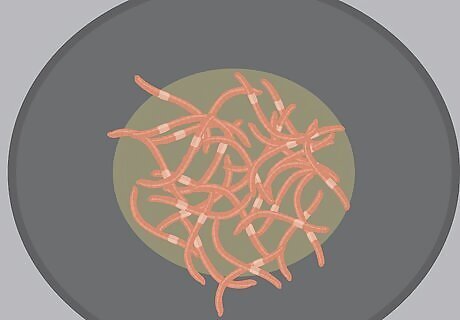
Add one cups of chicken or vegetable stock and cook for 10 minutes. This will make everything tender and tasty. If you want a creamier chow, add in a cup or yogurt or sour cream for a thicker, richer dish.
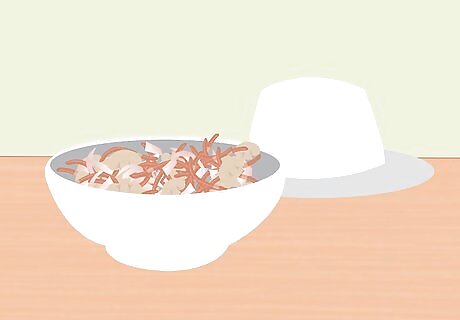
Serve over rice or noodles. This soupy dish won't even taste like worms when you're done! Simple and easy, you can easily customize this as well. Add hot peppers and fresh ginger with the onions and mushrooms for an Asian-inspired dish. Substitute some fresh tomato sauces for half of the stock for a richer "sauce." Mix in chopped carrots, celery, root vegetables, or peppers for added vegetables. There really is no limit. Add your favorite spices while the stock cooks to liven up and personalize the flavor.
Harvesting Worms

Harvest worms out of your backyard with a small shovel and some time. Head out with a small shovel, and work in small, 6-inch holes. Dig in short, shallow strokes. Worms love loose soil, not hard packed earth. Some good places to look include: Damp, dark places. Under rocks or logs Loose, wet soil. After rain storms.

Coax worms out of the ground with some mustard powder and water. Mustard powder is an irritant to a worm's skin, so it will drive them up to the air. Furthermore, worms can drown if stuck in the soil when it is wet (this is why you see so much more worms after rainstorms). Sprinkle some mustard powder on loose earth, then "water it" to slowly and evenly to pull worms up to the surface.
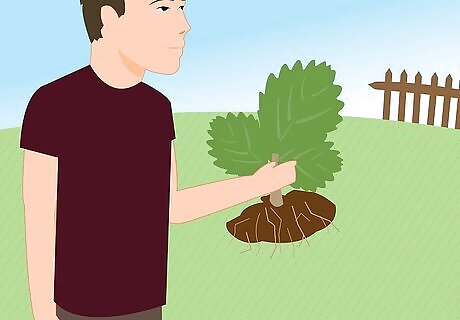
Sort through outdoor compost to get at some worms. Note, however, that worms are an essential part of the compost pile's life cycle. They are the ones actually doing the composting! That said, the food in a good compost pile is irresistible to a worm, and if you live in an area with worms they will get back in.

Know the basic soil history of your dig sites, avoiding pesticide or waste areas. Worms eat the soil, meaning they'll pick up chemicals and waste if it is nearby. Never forage for food in areas that might be covered in pesticides or worse.



















Comments
0 comment